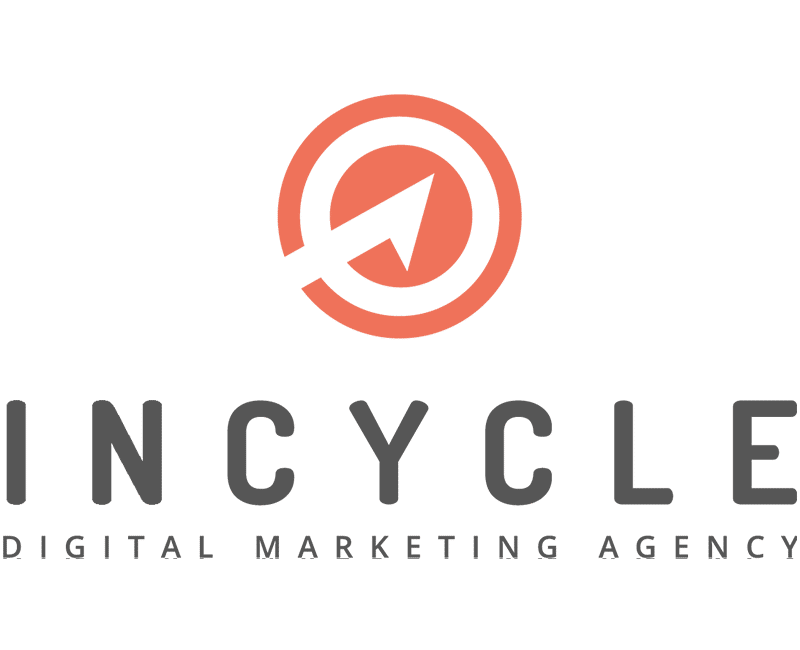Paid Ads vs. SEO: A Comprehensive Comparison for Digital Marketing Success
In the dynamic realm of digital marketing, two strategies stand out as pivotal for businesses seeking online visibility and growth: paid advertising and search engine optimization (SEO). While both approaches aim to drive traffic to a website and enhance brand awareness, they differ significantly in their mechanisms, advantages, and disadvantages.
 Understanding Paid Advertising: The Power of Instant Visibility
Understanding Paid Advertising: The Power of Instant Visibility
Paid advertising, also known as pay-per-click (PPC) marketing, involves purchasing ad placements on search engines, social media platforms, or other websites. When a user clicks on an ad, the advertiser pays a fee. This method offers several advantages:
- Immediate Results: Paid ads generate instant visibility, placing your brand and message directly in front of potential customers who are actively searching for relevant information or products.
- Targeted Reach: PPC campaigns allow for precise targeting based on demographics, interests, online behavior, and even location. This ensures that your ads reach the most relevant audience, maximizing the likelihood of conversions.
- Measurable Performance: Paid advertising campaigns provide detailed performance data, enabling you to track metrics like impressions, clicks, conversions, and cost-per-acquisition (CPA). This data-driven approach allows for continuous optimization and ROI analysis.
However, paid advertising also comes with some drawbacks:
- Costly: PPC campaigns can be expensive, especially for competitive keywords and high-volume traffic. Careful budgeting and optimization are crucial to ensure a positive return on investment.
- Temporary Effect: Once the advertising campaign ends, so does the traffic generated. Paid ads do not provide long-term organic growth or brand recognition.
- Competition: Paid advertising landscapes are often crowded, requiring constant adjustments and refinements to maintain visibility and outrun competitors.
Unveiling SEO: A Long-Term Investment for Sustainable Growth
Search engine optimization (SEO) focuses on improving a website’s ranking in search engine results pages (SERPs) to attract organic traffic. This approach involves optimizing website content, structure, and backlinks to enhance its relevance and authority in the eyes of search engines.
SEO offers several distinct advantages:
- Sustainable Growth: Once established, SEO provides a long-term stream of organic traffic, generating value without continuous financial investment.
- Brand Authority: High search rankings establish a brand’s credibility and expertise, fostering trust and attracting potential customers.
- Targeted Audience: SEO targets users who are actively searching for information or products related to your brand, ensuring that your message reaches a highly relevant audience.
However, SEO also presents some challenges:
- Delayed Results: SEO is a long-term strategy, and it may take several months or even years to see significant improvements in rankings and organic traffic.
- Algorithm Changes: Search engines frequently update their algorithms, requiring ongoing SEO adjustments to maintain visibility.
Technical Complexity: SEO involves both technical and creative aspects, requiring expertise or collaboration with an SEO specialist.
Paid Ads vs. SEO: A Strategic Approach
The choice between paid advertising and SEO depends on your business goals, budget, and time horizon. If you prioritize immediate visibility and targeted reach, paid ads are a suitable option. However, if you seek sustainable growth, brand authority, and a long-term investment, SEO is the preferred approach.
Consider a hybrid strategy that combines both methods. Paid ads can provide a quick initial boost while SEO works its magic in the background. This combination can maximize your online presence and achieve your digital marketing objectives effectively.










